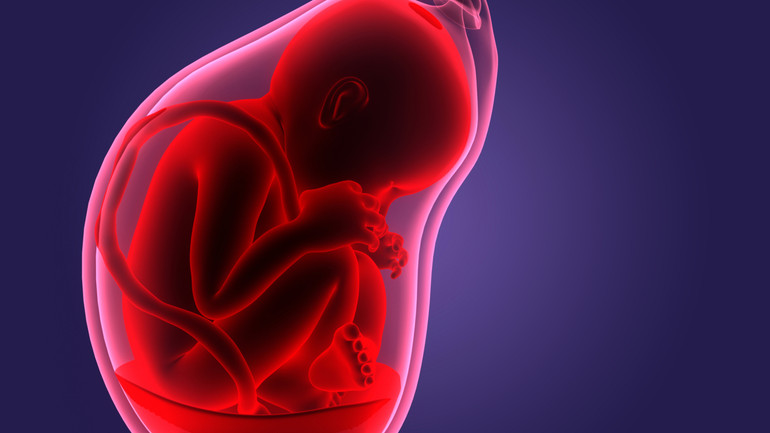Scientists found plastic in all placenta samples they studied – News
[ad_1]
A team of scientists from the University of New Mexico (USA) found microplastics in all tested samples of donor placenta tissue. In each of them, its dose ranged from 6.5 to 790 micrograms per gram of tissue.
The results of the study, published in the scientific journal Toxicological Sciences, show that the largest share of the total volume of plastic (54%) was polyethylene (the material used to make plastic bags and bottles), writes IFL Science.
In order to determine the amount and types of plastic found, the scientists split the fats and proteins in all 62 placenta samples. Then they put each of them in an ultracentrifuge. After rotation, granules remained at the bottom of the test tube.
Next, the scientists applied pyrolysis – they heated the plastic to 600°C in a metal cup, and then recorded gas emissions during the burning of different types of this material at certain temperatures.
In addition to polyethylene, particles of polyvinyl chloride (PVC), nylon and polystyrene were also found during the study. Their share was 10%. Nine other polymers were also discovered.

Marcus García, a postdoctoral fellow in Kampen’s lab who conducted the study, notes that until now it has been difficult to determine the amount of microplastics in human tissues. Typically, researchers simply count the number of particles visible under a microscope, even if some are too small to see.
Although microplastics are already in the human body, it is not clear how they affect health. It was traditionally thought to be biologically inert, but some particles are so small that they measure nanometers—billionths of a meter—and can penetrate cell membranes.
“If the dose begins to increase, this is a reason for concern. If we see an effect on the placenta, it could affect the life of mammals on the planet. And that’s bad.” – said lead researcher Dr. Matthew Kampen.
Kampen also expressed concern about how quickly microplastics can accumulate in the placenta, a temporary reproductive organ that only exists for eight months. This makes you wonder what happens in other parts of the body where plastic can accumulate over a longer period of time.
The team of researchers plans to conduct other studies to find out how microplastic affects health and whether it can cause diseases.
We will remind, for the first time, microplastics were found in the placenta of pregnant women in 2020. It was found in four healthy women who had a normal course of pregnancy and childbirth. Scientists believe that the mothers ingested or inhaled these particles.
[ad_2]
Original Source Link











